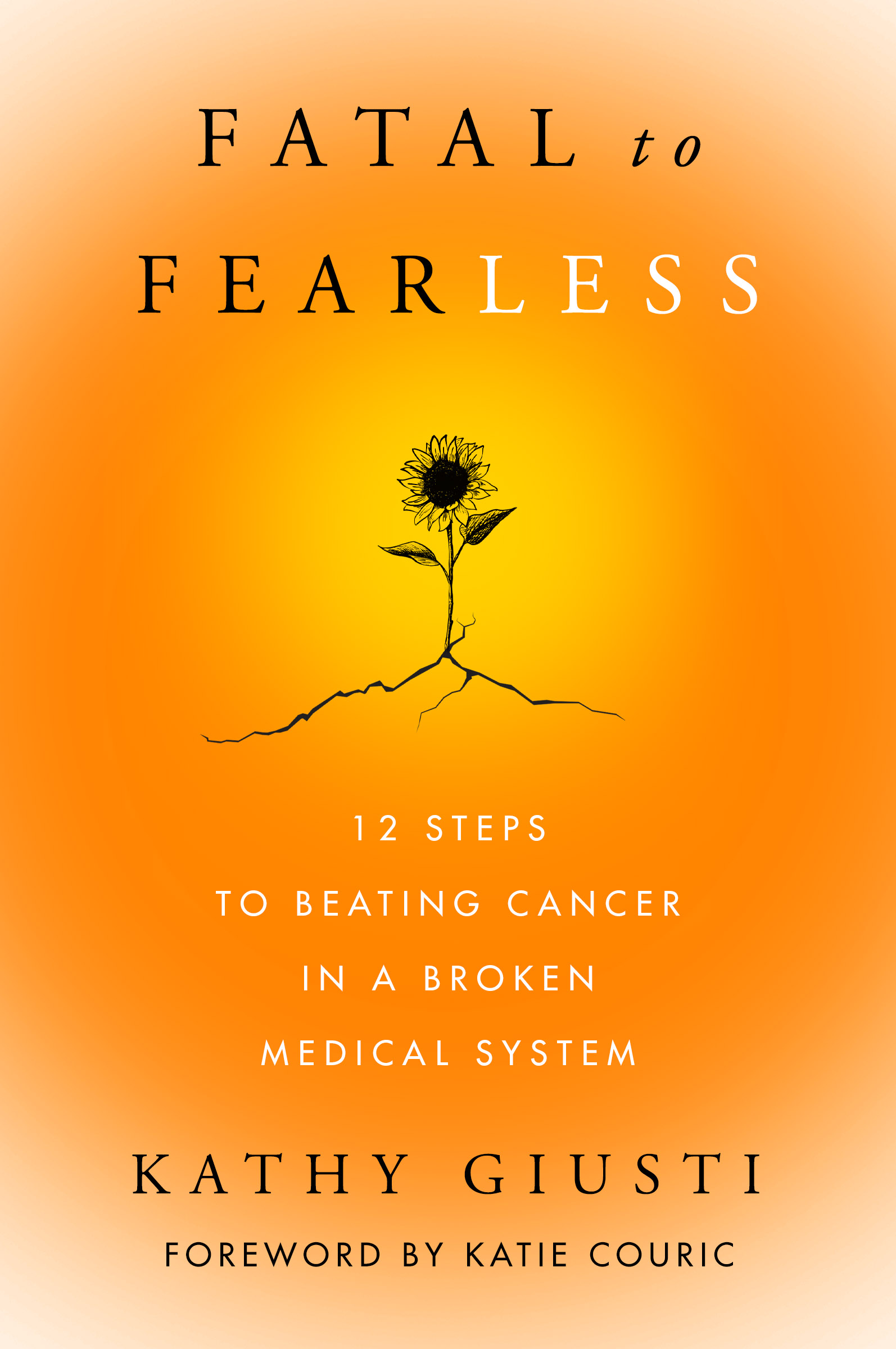It begins with something. A wonky test result. A spot on an image. A surprising remark from your doctor on an otherwise regular visit—there’s one thing I’d like to check again… I don’t understand… something is off.. We need to take a closer look…
The moment is vague, unsettling, an abrupt deviation from normal that sticks and you cannot unstick it. Whatever characterizes the moment, it’s inescapable. You hold on to the notion that it could be nothing, but everything going forward feels a little unscripted, uncertain, and perhaps unbearable.
Many people will develop cancer in their lifetime. If that happens to you or a loved one, there’s no need to panic. Your first step should be to take a deep breath. When I was 37 years old, my doctor told me that I had cancer of the bone marrow and there was no cure. Almost 25 years later, I was also diagnosed with breast cancer. Through my journey, I’ve learned how important it is to create an action plan after receiving this kind of news.
While a goal like “not being a burden” sounds like four simple words, it requires us to define what those “burdens” are and the specific what, who, and when it will take to address each one. It also requires us to do something most of us aren’t that great at—setting boundaries. You must accept that there are things you may not be able to do. You will have to say no and realize that people are going to have to help you. If you don’t let them, it could impact your health both physically and mentally.
Here’s how to get started.
Establish what you will need
After you’ve broken down your goals into more manageable objectives, you need to identify the resources and support that you will need to achieve each objective. In business, these are called critical success factors (CSFs) and they are essential to achieving your objectives. For example, if your objective is financial security, the CSFs might include creating a budget, reducing unnecessary spending, and increasing savings. You might look at taking out a mortgage or identifying financial assistance programs. Many pharma companies, hospitals, and foundations offer financial aid for patients in need, as well as other services.
Identify who you will need
Just as important as what you need to succeed is who. Who is critical to help you achieve your plan? How can they participate in helping you fulfill your plan? How will it impact them? Is there some sort of middle ground that can work for everyone? You need to identify all the people who can help you achieve your priorities, as well as the people whom your diagnosis directly impacts—spouse, immediate family, friends, employer, colleagues, and so on. You will likely need to depend on some of these people, maybe just a single individual, to execute your plan. They are your partners. Figure out the journey together, celebrate the wins, and always show gratitude for their support.
Know when you will need what and who
Your needs will vary depending on where you are in your journey. And the support and care you need will depend on a schedule neither you nor your caregivers can control. Therefore, it’s critical to get as much information as you can, as early as you can, so you can build a calendar with your caregivers. Start by asking your doctor what you’ll need and when. When do I WANT someone to be there? When do I NEED someone to be there? Ask about the timing and needs tied to each procedure. Will I have surgery right away or will there be a watch-and-wait period first? How difficult will that surgery be and how long might the recovery period take? Will there be a window of rest before radiation. If so, how long, and how difficult should I expect the radiation to be? Then make a calendar and share it with your support team. Who can be there when? Who can be a backup if someone can’t make it? Make sure they understand that the calendar can change and ask in advance for as much flexibility as possible. I’ve had procedures postponed for everything from hospital schedule changes to testing positive for COVID-19. And again, always be grateful for their support.
Break down the plan into specific actions
It’s not enough to say “I won’t be a burden” or “I will be the best cancer mom or dad.” Translating broad needs and wants into specific concrete actions will make your plan more achievable. Start by breaking down each need and want into smaller, more manageable actions or steps. For example, if your want is to minimize the burden on your family, an action might be to find health services that are within easy driving distance from your home. Or scheduling appointments around the days your spouse can easily take off. If your want is to spend more time with your children or loved ones, an action would be to work with your doctor to avoid treatment during certain weeks. It’s not easy, and there will be times when even the best-laid plans must change on a dime, but it can help. If your want is to optimize quality of life in the short term, your action might be to go for a less aggressive course of treatment with fewer side effects. But if your want is to live longer, you might choose more aggressive treatment, sacrificing short-term quality of life for a chance at longer-term survival.
Get SMART
These actions should be specific, measurable, achievable, relevant, and time-bound. There’s a business acronym for this: SMART. A specific set of realistic SMART actions can be the best path to achieving your broader needs or wants. And regularly reviewing and adjusting these actions will help you stay on track as you make progress toward your ultimate goals.
Celebrate your wins
It’s important to celebrate the good moments, no matter how big or small. Making it through surgery or chemotherapy or radiation. Attending a special event. Or just having a good day, going on a nice walk, enjoying a meal with family or friends. It helps you to stay positive and it motivates your support team. It reminds you that you are making progress.
Adjust to your setbacks
You are on a roller-coaster ride. To some degree, you have to surrender to whatever happens—illnesses tend to do whatever they want to do. There’s only so much you can prepare for in advance and create that safety net. But if you watch and learn, you can adjust to make the peaks and valleys smaller. You will start to understand which appointments you can handle on your own versus those where you need a buddy. You will learn which days you feel too sick to work and which are okay. Adjust your plan accordingly.

Say thank you
Whether success or setback, it’s important to acknowledge the small moments and to say thank you to everyone involved—from family members and friends to the nurses who are often forgotten. Take the time to put it in writing if you can. Nothing makes a more lasting impression than receiving a sincerely written thank-you letter recognizing your effort. It deepens commitment, motivates them to stay with you, to continue helping.
Adapted excerpt from the book Fatal to Fearless by Kathy Giusti. Copyright © 2024 by Kathy Giusti. Published by Harper Wave, an imprint of HarperCollins Publishers. Reprinted by permission.
- The 100 Most Influential People of 2024
- How Far Trump Would Go
- Why Maternity Care Is Underpaid
- Scenes From Pro-Palestinian Encampments Across U.S. Universities
- Saving Seconds Is Better Than Hours
- Why Your Breakfast Should Start with a Vegetable
- Welcome to the Golden Age of Ryan Gosling
- Want Weekly Recs on What to Watch, Read, and More? Sign Up for Worth Your Time
